Predator Control in New Zealand
We’re experts in protecting threatened and vulnerable species

Backblocks specialises in predator control. We have a proven track record with single and multi-species control across both small and expansive landscapes, including restoring farmland, forest areas, and public reserves.
We are a top performer in threatened species protection, where even one individual predator can often take a huge toll on the population of a vulnerable species.
The skill-set, mind-set, and methodology needed to achieve such solid results in predator control are often quite different to those used by many in more general suppression. Backblocks goes one step further and applies the skills gained in targeting individual predators to the way we approach wider control as well. Our question is never “are we catching?’, it’s always “can we catch more or catch them all?”
What really sets Backblocks apart is that we go beyond the general coverage or trap density philosophy, and actively hunt predators with traps and other methods. We apply our multi-method approach to all predator control to remove as many individuals from any given population as possible.
One of our favourite sayings is “it’s the little things that make the big difference”, and we are known for being very particular about what we do. The results speak for themselves.
We also ensure that we comply with all compliance and legislative requirements in our work.
![]() The question we ask is never “are we catching?” – it’s always “can we catch more or catch them all?”
The question we ask is never “are we catching?” – it’s always “can we catch more or catch them all?”
Responding to incursions and predation events
Predation events are where known protected animals are being predated, or evidence of predations presents itself in a protected area. Incursions are where a predator or pest animal is sighted or encountered in an area where their presence poses a significant threat to vulnerable species or project goals. Backblocks has a great deal of experience in responding to these kinds of events. The methods we employ are industry-leading and have a high rate of quick, successful resolutions. John has the ability and experience to come up with methods that take each event’s individual differences and challenges into account, for quicker and more consistently successful outcomes.
If you have a predation event or need to target one animal in a predator-free area, then call us as soon as possible. Aside from the emotional trauma project managers and staff can suffer as the result of this type of event, the financial and environmental cost of leaving the target animal loose for any length of time can be significant.
Backblocks brings a proven track record in what we think is the most cost effective and successful approach to this work. We treat predation events and incursions like a fire and believe that is the way it should be approached. Response time can make a big difference to how quickly you get a successful result.
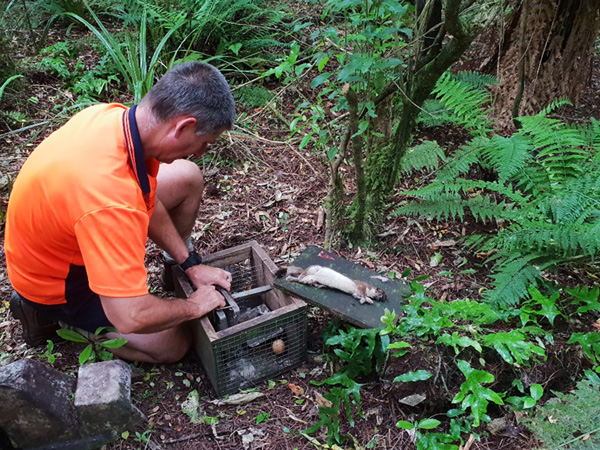
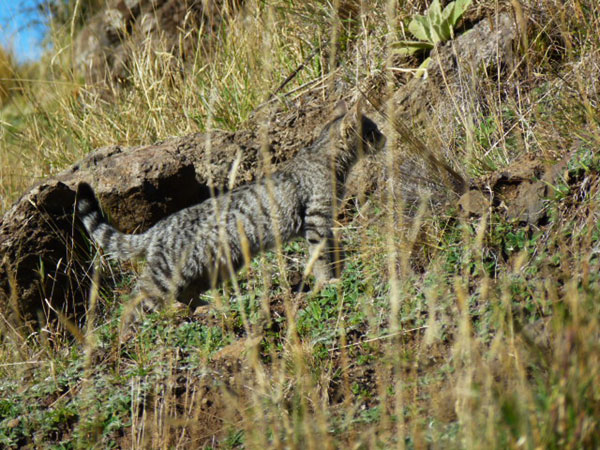
NZ predator species
Mustelids
Ferrets, stoats and weasels have a huge impact on our native biodiversity. The three species collectively cover the country from the seashore to the top of many mountains, and hunt from underground to the treetops. There is no habitat aside from predator-fenced areas and some offshore islands in New Zealand that is safe from mustelids.
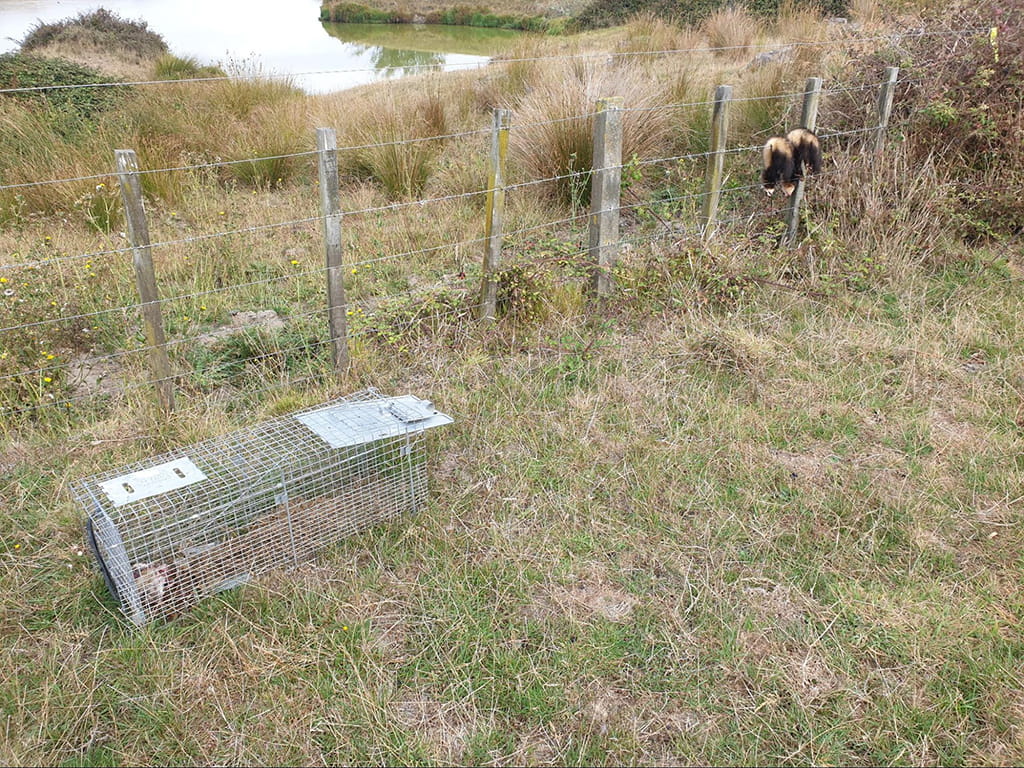

Stoats
Stoats are the most common mustelid. They are capable forest dwellers and due to their reproductive cycle are able quickly to capitalise on high rodent populations and build in numbers. The resulting impacts on native birds, reptiles and invertebrates can be significant. In areas without stoat control, kiwi chick survival can be as low as 5% or less.
Ferrets
Ferrets occur more commonly in farmland, river, and wetland habitats. Their population is often strongly tied to rabbit numbers. Ferrets are well known for their impacts on ground-nesting birds. Even as individuals, they can decimate a population of kiwi. While stoats are really only able to take juvenile kiwi, ferrets can and do kill significant numbers of adult breeders, and have heavily reduced the overall resident kiwi population in places.
Weasels
Weasels, while less common, are still savage little predators and box well above their weight. They are capable, agile climbers and can take a heavy toll on our native wildlife.
Our approach to controlling mustelids
While having reasonably sized home territories, mustelids can also disperse across great distances and re-invade project areas where control has heavily reduced their numbers. Constant vigilance is often required.
Many areas contain a population of all three mustelids, and unfortunately when it comes to their control, one size does not always fit all. Many conservation projects only target one or two species with their control regime. Each mustelid species is very different from the others, and a successful control method needs to take this into account.
Many areas contain a population of all three mustelids, and unfortunately when it comes to control, one size does not always fit all. Many conservation projects only target one or two species with their control regime. This can encourage higher numbers of the remaining uncontrolled species as the competition for food has been reduced.
Backblocks looks closely at what is present and then designs a control regime to target all species present using the best methods, employed in the best way, and at the right times.
In all aspects of predator control, a sound understanding of the target species’ habits, coupled with extensive experience, adds strongly to the degree of success and to time and cost efficiencies.
Feral cats
Cats are popular household pets and many people have a strong connection to them. Unfortunately, with an estimated population of 2.5 million in New Zealand, the feral equivalent is taking a huge toll on our biodiversity, and stock health in the agricultural sector.
Feral cats are significant predators of ground-nesting birds, and lizards. In some parts of New Zealand they are the predominant predator. Gut analysis of one individual revealed 30 rare skinks, and another cat was responsible for more than 100 short-tailed bat predations in less than two weeks. On farms, cats can have a serious impact, with feline toxoplasmosis causing high abortion rates in sheep. Autopsies of stranded rare Hector’s and Maui dolphins also have revealed significant levels of “toxo”.
Feral cat numbers appear to be on the rise. People are constantly telling us about the increasing numbers they are seeing.
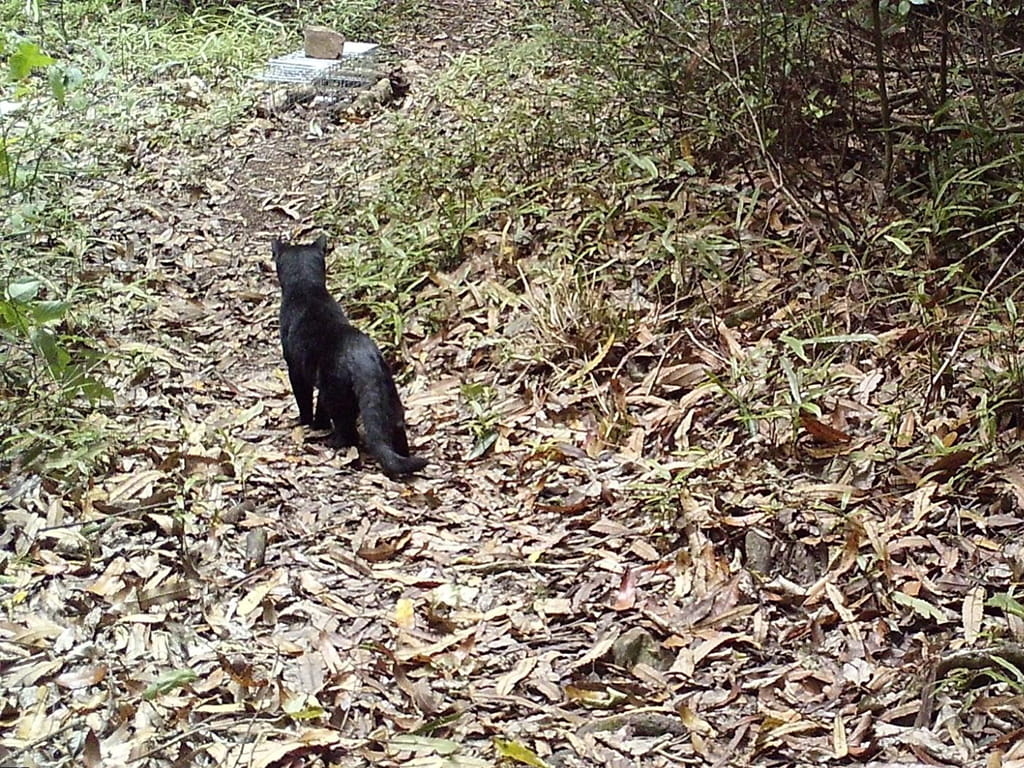
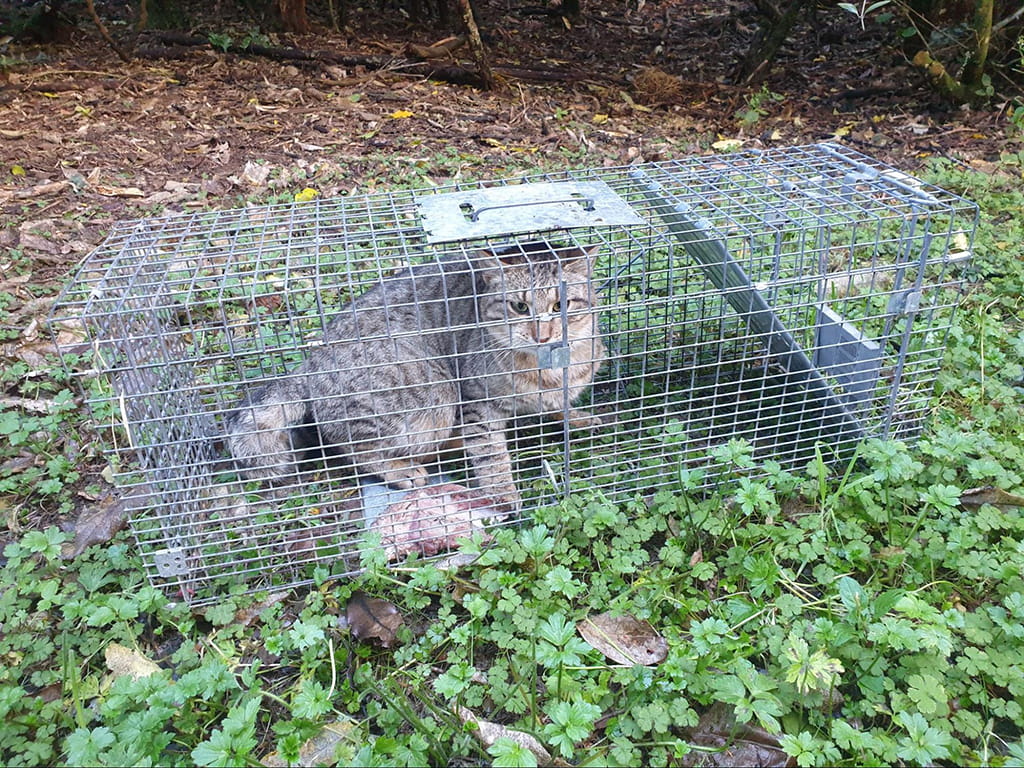
Our approach to controlling feral cats
Feral cats can be incredibly challenging to remove. They are naturally very wary. Backblocks is skilled at removing feral cats, and we have developed innovative systems to greatly increase our level of success. Control can be pulsed or continuous. As well as control customised to suit the particular project, we can employ monitoring techniques to check that we’ve achieved favourable results. Cat control can often be combined with mustelid control to help keep overall project costs down.
Rodents
In New Zealand there are three species of rat and one species of mouse. The most common rat species, and the one with the greatest impact in most restoration areas is the ship rat. This species is happy in a forest environment and is a capable climber. Their impact on biodiversity is well documented. Rats can wipe out entire populations of susceptible species in a short space of time. Their ability to breed rapidly to take advantage of available food resources is well known.
Rodents are very good hunters and will sometimes kill animals bigger than themselves. They can attack small forest birds as eggs, nestlings, and adults, as well as competing with them for food. We’ve been staggered at the incredible increase in native seedlings on the forest floor after suppressing rodent populations.


Our approach to rat control
Rodents are one of the biggest conservation challenges, given their small individual territory size and their ability to re-establish quickly after a control pulse. Rat control networks need to be carefully spaced to ensure that no individuals slip through the gaps. Control can be pulsed or permanent, but it’s important to get it right.
Rats are vigilant, and unskilled people carrying out some forms of control run the risk of creating a “bait shy” population that will survive to rebuild quickly.
Backblocks has battled rodents for a long time. We can ensure that your project is getting the most effective and efficient rodent control. We have tested all the methods that can be employed, and we know what works and what doesn’t.
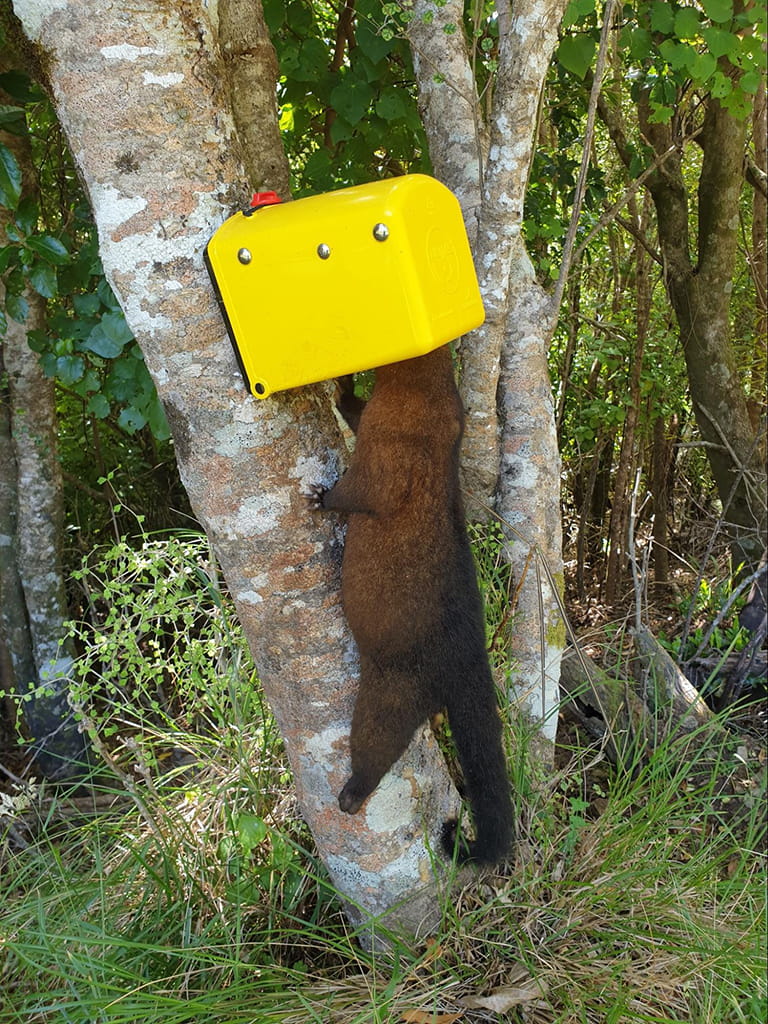
Possums
Possums were one of the first target pest species in New Zealand’s battle to save and protect our biodiversity. Possum numbers have been heavily reduced through targeted control over the last 20 years, but there are still areas where their numbers are high. It’s amazing how quickly possums can bounce back when control is stopped.
We have all seen the impacts possums can have on our forest canopies, but what we have only recently learned is the impact they can have on some of our bird species. Possums are omnivorous and feed readily on eggs and chicks in certain situations.
Our approach to controlling possums
Backblocks has the capacity to carry out possum control with a variety of methods. We often combine controlling possums with other predator control work. Even in areas of very low possum densities, we are able to watch for any sign of individuals and target them specifically when needed, helping to maintain a possum population at very low levels at little extra cost.
For help controlling predators, get in touch today.